Scanning for Roman villa structures in the Villa Son Sard Project: a day in the field
On a warm Wednesday morning this summer just gone, the morning’s clouds are gradually scooting for the hot Mallorcan sun in a field in the countryside near Son Servera.
Despite the heat, we’re extending our prospection work today well into the afternoon. To our excitement, we’ve just received permission to access and scan another plot of land with our magnetometer, in search of locating and visualizing buried archaeological structures!
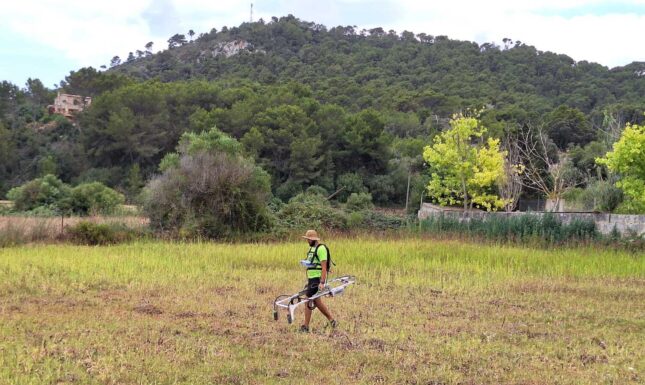

The Villa Son Sard Project: background
The reasons for researching these fields nearby Son Servera can be traced back to 2012, when road construction revealed a Roman bathhouse. Found in association with further ancillary, smaller buildings, the possibility arose that a Roman villa site may be present in the surrounding area. More than 10 years later, in August 2023, Mallorcan archaeologist Antoni Puig Palerm and the Ajuntament de Son Servera started a collaborative project with the Faculty of Archaeology at Leiden, represented by Letty ten Harkel & Ritchie Kolvers. In the first year, the project opened three small excavation trenches to investigate the area further. However, these trenches did not reveal preserved Roman buildings, but they did divulge ploughed Roman ceramics.
Magnetometry
This year, in order to gain insight into the layout of the possible villa site, Lena Lambers from Gaia Prospection was commissioned to scan through the soil with her magnetometer, generously funded by a LUF Chastelain-Nobach grant. This sensory instrument can detect the magnetization of materials by passing closely over the ground, without actually having to dig or enter the ground in any manner. Highly magnetized anomalies can indicate metal objects or highly burnt material, such as ovens or furnaces, as their maghemite elements are aligned to the Earth’s magnetic field.
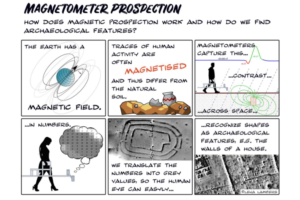

Lightly magnetized materials can include the organic fillings of old ditches or pits, as bacteria that decomposed the materials contain strings of magnetite. Finally, non-magnetic materials are also apparent, such as stone walls, because they’re specifically less magnetic than the surrounding ploughed soil. By implementing a magnetometry survey, therefore, we could efficiently scan a much larger area than we could investigate through excavation, and because it’s non-intrusive, we don’t (temporarily) damage the plots of land that we’re granted access to.
Fieldwork at Son Sard
In the field, our first two days of magnetometry survey covered two agricultural fields to the east of the bathhouse. Today, on Wednesday, we planned to scan a small southern field, where the three 2023 excavation trenches had been located. The actual measurement set-up involves one person carrying the sensors across the field in a slow walk, and two people who organize the guiding “walking lines” across the field, so that the entire field is measured precisely.
The magnetometry sensors continuously measure the surrounding’s magnetization, so each team member must wear completely non-magnetic clothing. This also led our pockets to be emptied of all (car) keys, wallets and phones each morning (aka no phone addictions permitted 😊!).
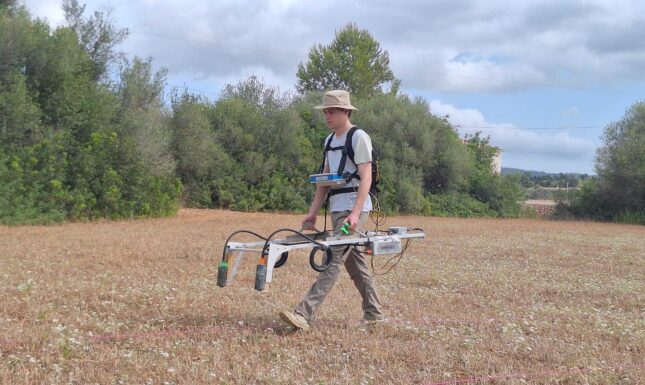

In the morning, we finished a smaller area that we started yesterday, but which was interrupted when the batteries gave up (yes, the Mallorcan heat is taxing on all of us). However, Toni brought us the exciting news at the late breakfast break that he had organized access to another, larger plot of land to the south of the current field. That new field provided another 3 large, 40 by 40 meter grids to measure in. Having gained experience in measuring over the past two days, each of our team members took a turn carrying the 12 kilo-magnetometry equipment: Lena, local archaeologist Toni Grimalt, and us two Leiden students, Willem and Lidwien. Any low-hanging or broken tree branches were removed from the field, as well as any portable, modern magnetic material – anything to prevent distortions to the measurements. Walking a 40 meter grid typically took an hour, as we walked at a steady pace in lanes of 50 centimeters. The method always required a balance between covering as much ground as possible as quickly as possible, and acquiring detailed data, with the sensors continuously measuring 4 pulses per second.
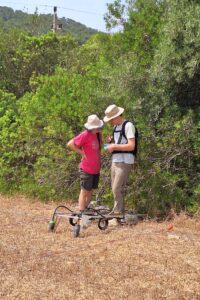

Processing time
In the field, therefore, it’s a lot of sweaty work, but the actual fruits of our labor appear in the afternoons during data interpretation. All magnetization values are downloaded from our magnetometer, and are fitted over the localized grids, with each pixel representing the signal over a 25 by 25 centimeter area. And then the investigation of the puzzle starts: which possible archaeological features can we recognize below the surface? The interpretation phase typically takes twice as long as the time it takes to take the measurements, and most of the interpretations are continued at home – to make the most of the time in the field. That said, it’s always important to check for any (too) major peaks in the data, e.g. caused by passing cars, if a measurement erred or if we want to measure an interesting area again.
Finally, in the evenings we closed our laptops, and enjoyed dinner in the Son Servera square. By the end of the week, the timing of our dinner or ‘sopar’ gradually shifted from a very Dutch 6 pm to a more Mallorcan 22 pm, an indication that we started adjusting and timing our siesta’s better to the Mallorcan atmosphere 😊. And, as a bonus during our fieldwork season, we could join in the football enthusiasts cheering for the European Cup!
Back at the Faculty
Following the fieldwork, we continued fine-tuning our interpretations in Leiden, at the Faculty of Archaeology. Keeping the magnetometry results in consideration, the Villa Son Sard Project will continue in subsequent years with more excavation trenches and more fieldwalking survey, to understand more of the Roman site and its afterlife! Building on our magnetometry survey, the project can now identify interesting locations to dig the trenches for upcoming fieldwork seasons!

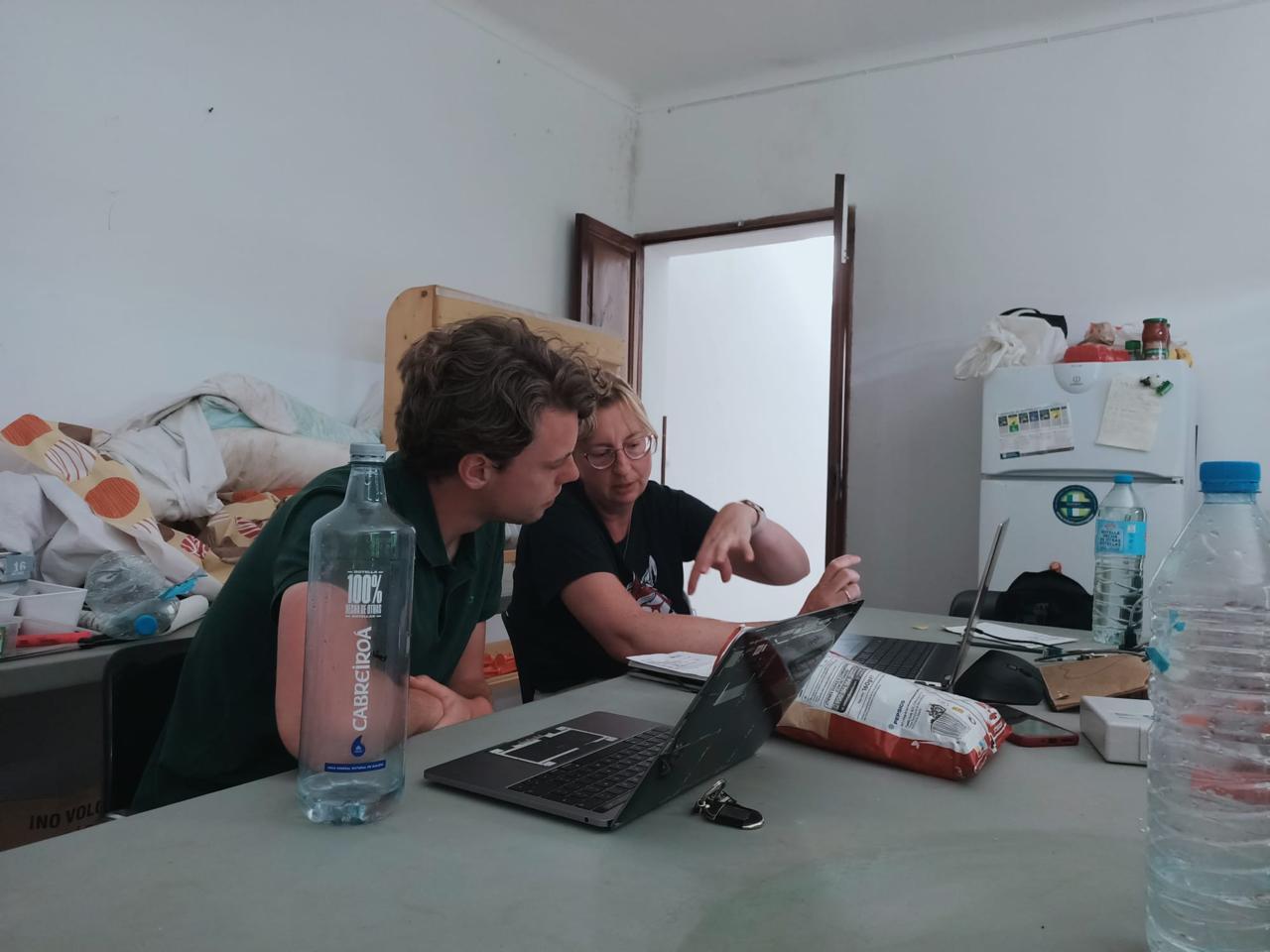
You can follow the project and all the updates on Facebook (villasonsard) and Instagram (@villasonsard)! Additionally, Leiden students can hear more about the project at the L.A.S. Terra Symposium on 16 October 2024, at Van Steenis.


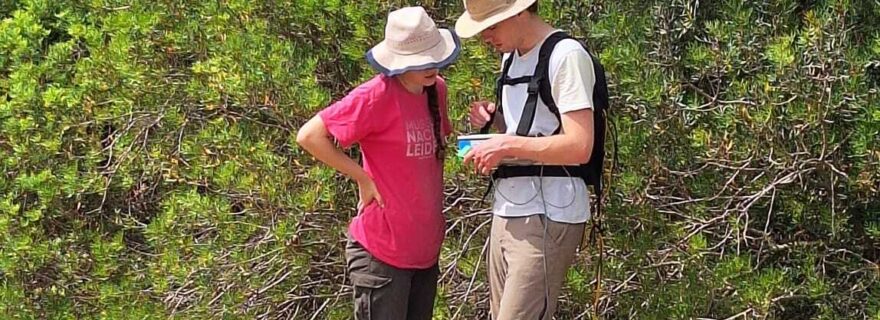

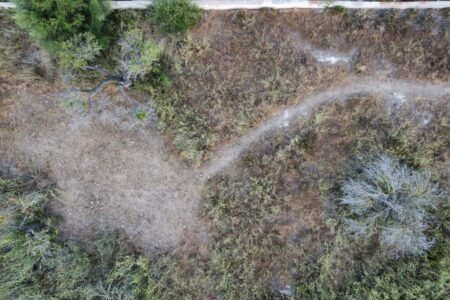
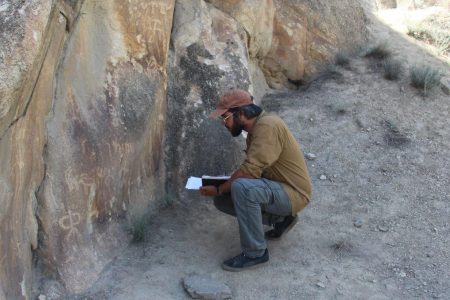
0 Comments
Add a comment